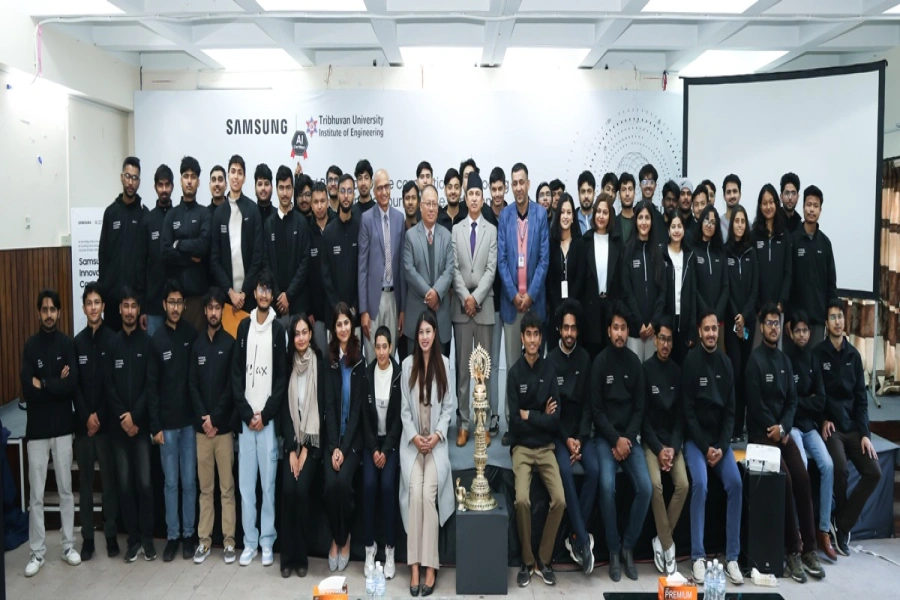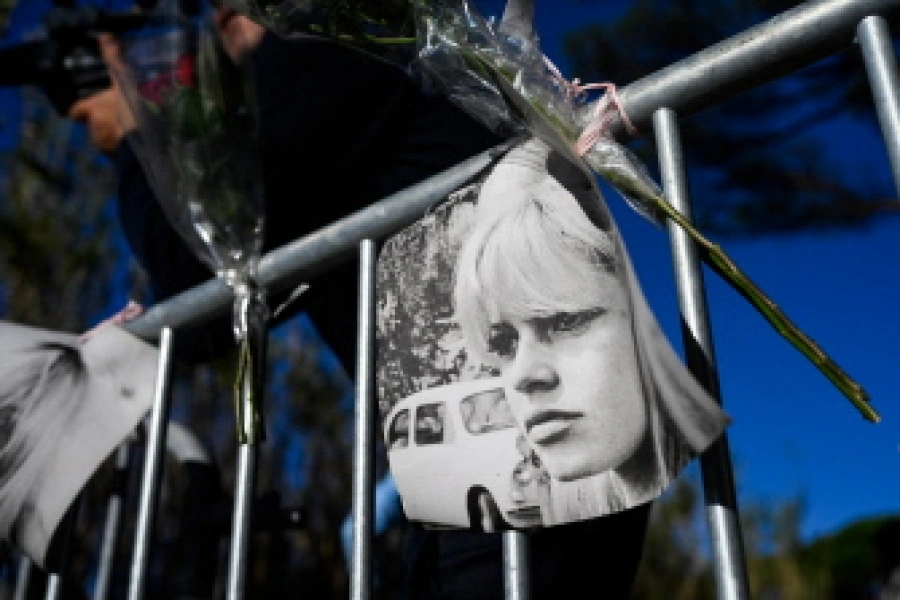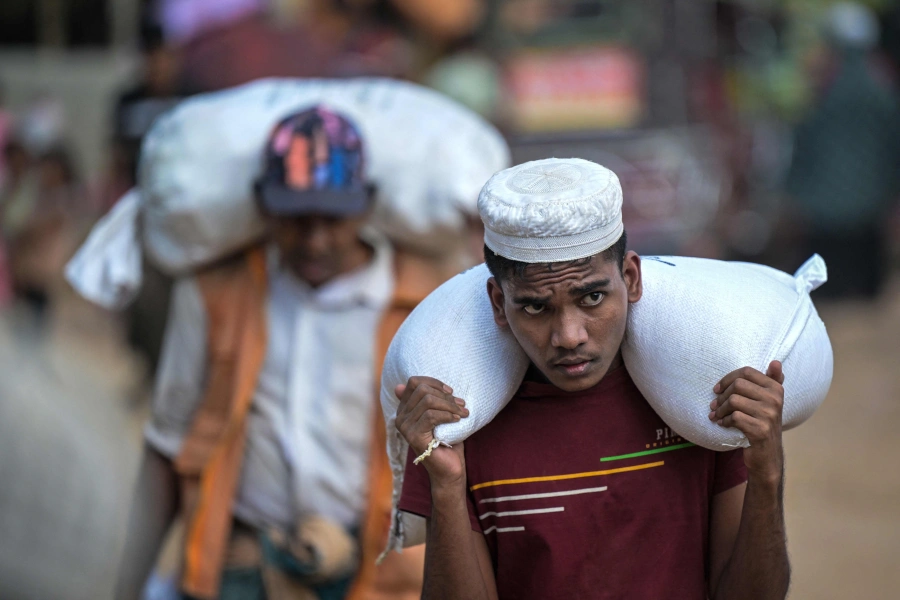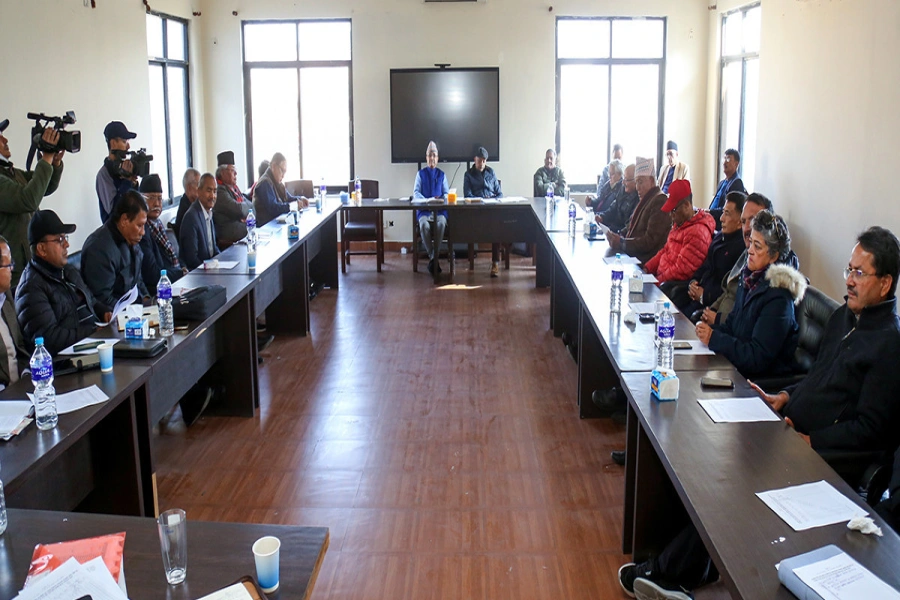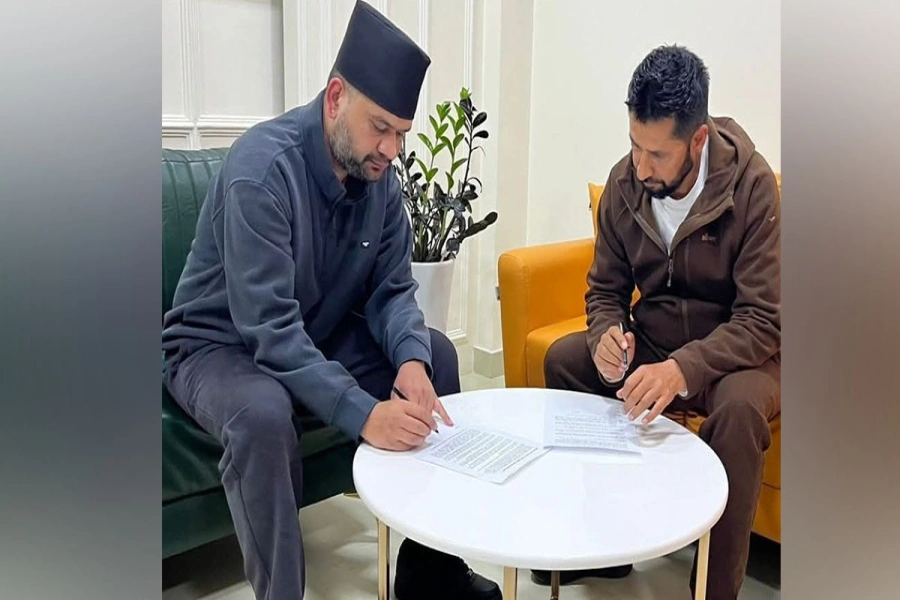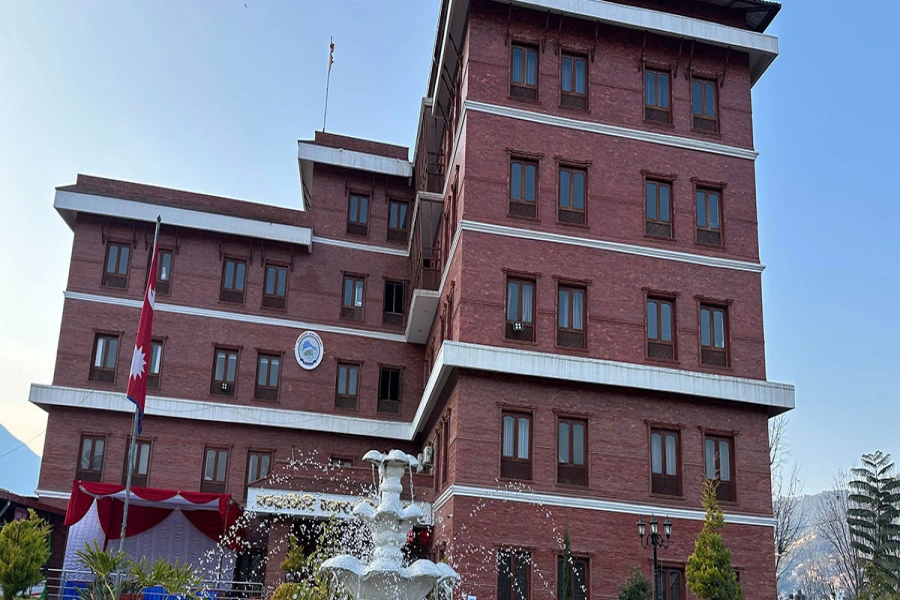After joining mainstream politics, Prachanda committed three big mistakes.
Carefully playing one ball against the other, he did manage to keep himself in power. However, this could not last long. The two big political parties suddenly realized that this man is fooling around a lot and needs a lesson or two for claiming invincibility and holding a magic number.
Even before the ink on the TRC bill has dried, a new row, seemingly trivial, has triggered inside the parliament. It is about the appropriateness in calling Maoists’ “armed conflict” as “violent conflict”.
Armed Conflict or Violence
The Maoists Party has been angered by the use of the word “violence” for their decade long “armed conflict”. They claim that, sans armed conflict, the country would not have come to the present state of inclusive, secular, federal democratic republic mode. For them, labeling armed conflict as violent conflict is derogatory and hence insulting in nature and also out and out unconstitutional. Earlier, the Supreme Court quashed Prachanda Government’s decision to have a public holiday on Falgun 1, marking it as People’s War Day celebration.
Meanwhile, the proponents, basically, coming from CPN-UML camp, say that the words like “violence” and “counter violence” are mentioned in the peace agreement and TRC bill. There is nothing wrong with their use. Violence means violence whether it is killing of the army, police, Maoists, general people or blowing or burning of bridges, towers and other infrastructures. There is nothing wrong in calling spade a spade. The row has disrupted House proceedings; further intensification may hinder the peace process, which has been stalled for the last 18 years.
The Internet versus democracy

The Great Slide
Since joining mainstream politics (they still claim to be the mainstream), the Maoists’ popular votes has eroded, considerably, from 30 percent in 2008 to 11 percent in 2022. The party has splintered into more than half a dozen political groups and outfits, and swaths of their fighters are languishing in tropical heat in Gulf countries and Malaysia. Their leaders are no more projected as war heroes, ready to sacrifice their lives for the cause of the poor and destitute. Instead avarice, greed and hunger for power have sipped inside the party. Prachanda - the fierce one - is increasingly accused of nepotism and favoritism; is seen as full of empty words and promises.
Carefully playing one ball against the other, he did manage to keep himself in power. However, this could not last long. The two big political parties suddenly realized that this man is fooling around a lot and needs a lesson or two for claiming invincibility and holding a magic number.
Having forcefully ditched out of power, he is terribly upset now. It is natural for a hungry man to be angry. But in the absence of proper anger management, things can easily turn topsy-turvy.
The Three Big Mistakes
After joining mainstream politics, Prachanda committed three big mistakes. He has publicly admitted two. The first one is his decision not to accept Mr. G. P. Koirala as all-party consensus, first president of FDR Nepal. This, literally, closed the Koirala chapter in Nepalese political history. The second one is his hasty decision to fire COAS Mr. Katawal, who, in any way, was soon to retire. The President’s decision to reinstate COAS cost him his post as PM.
His third mistake, which he is yet to realize, is to befriend a man of dubious character like Mr. Ravi Lamichhane, the RSP President. I suppose, his failure to realize this third mistake could be the fourth and the final one. The public claims that it is Olitics-politics that tied Prachanda-Lamichhane wedlock.
What is more worrisome than Prachanada’s big mistakes is the growing public skepticism and disenchantment with his decade long war. Maoists leaders are now accusing that there is a planned way to demonize the People's War. There are two indicators to look into. The ongoing verbal exchange between the Maoists and the CPN-UML over the use of the term 'violence' can be interpreted through these two indicators.
Legitimacy of the Maoist War
The first indicator is that people are increasingly questioning the relevance and justification of the Maoist war that took the lives of more than 17,000 people. What did the country gain from their sacrifice?
Infatuated by the Maoists success, once Dr. Baburam Bhattarai, the Maoist ideologue, admitted that 17,000 lives is a peanut compared to human cost and sufferings endured by other revolutions. Prachanda now estimates the figure could have gone up to 50,000 if the war had not stopped in 2006/7. Maybe as a part of self-confession, he has publicly admitted being responsible for 5000 lives, not 17,000.
The multi-party wallahs claim that if the purpose of the Maoists is to come to this situation, a decade long war is simply an exercise in futility. The country was on a track after mass movement in 1990, gradually moving, albeit at a slow pace, in a new found political and economic freedom. The Maoists' war in 1996 disrupted this process; directly or indirectly helping the monarchy to usurp power. Even Mr. Sher Bahadur Deuba, with whom the Maoists submitted 40-point demands prior to launching armed rebellion, says that they took to the arms a day ahead of the deadline. Because of the war, Nepal’s nascent multi-party democracy got killed in the bud and gave rise to regressive forces.
Definitely, it is far easier to regress into the past by observing existing situations and conditions, rather than predicting future outcomes. The important question to ask is: Did the political parties have visualized the present scenario when they signed the pact with the Maoists? And for the Maoists: Will they ever come to this situation if there were no peace deals? How do you arrive at this 50,000 figure?
Signing of 12-Point Accord
The monarchists in general and some regressive elements in particular are questioning the 12-point accord signed between the Maoists and the alliance of the seven political parties, on 22 November 2005, in New Delhi. The accord put a stop on the war and ushered mass movement which, subsequently, dethroned the more than two-century-old monarchy. Criticisms are labeled on the venue, timing, language and contents of the accord. They say the accord nowhere speaks of abolition of monarchy; it only speaks of abolition of “autocratic monarchy” and nowhere speaks of instituting a federal, secular state. Totally ignoring King Tribhuvan’s sanctuary in the Indian Embassy in Kathmandu in 1950, the monarchists point out that, just because the accord was signed in New Delhi, it was at the behest of India. Prachanda’s hideouts in India, Maoists guerrillas training grounds in India, including importation of arms from India- all conspired to strengthen the hypothesis: Maoists war was nothing but an Indian design. The ironic fact is that intellectuals in India assumed China was behind, because it was labeled “Maoist war”.
If there is any degree of thinking left within the Maoist camp, it is time to reflect back on what went wrong with these two indicators - initiation of the decade long war and a pact to stop it - before it is too late to be consigned to the trash box of history.




